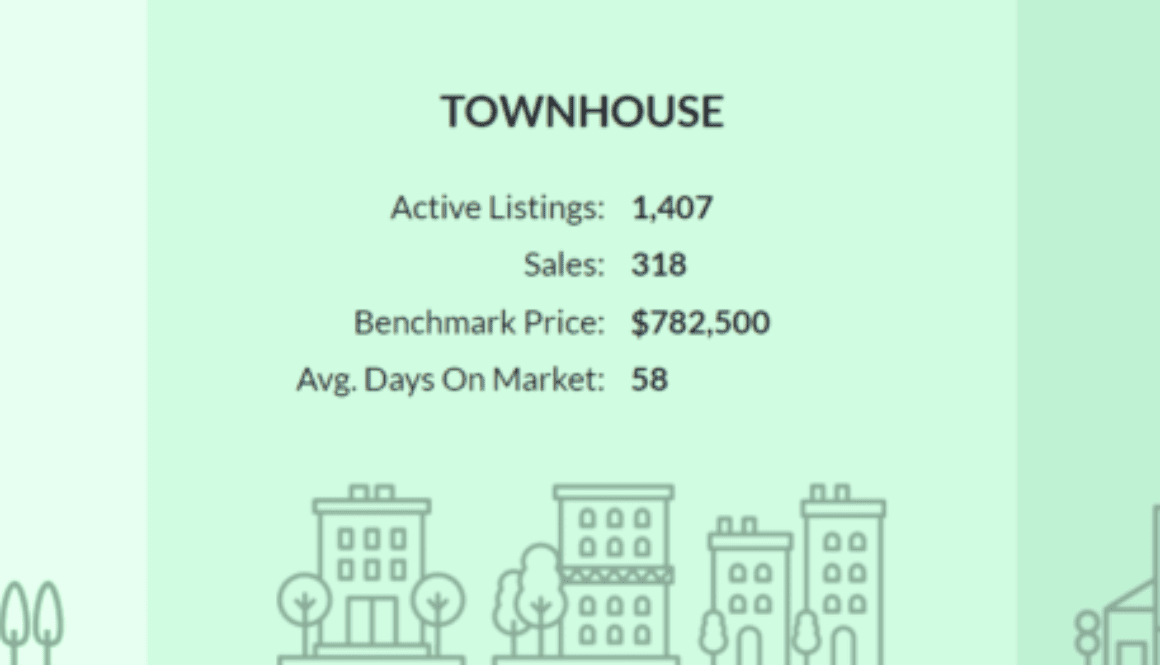BC First Time Home Buyer Loan Program
You’ve decided to make the big leap in purchasing a home! Congratulations! Whether it’s a condo, townhouse, duplex or detached house – so what’s the next step? The ideal way is to figure out what financial assistance / benefits that you can apply and receive to help reduce your cost in purchasing your first home. This article will explain what BC First time Home Buyer Loan Program that BC Government had offer and what is the most current program which replaced the previous one.
Late of 2016, the BC Liberal Government had introduced the Home Mortgage and Equity Partnership program to assist first time home buyers in BC to enter the housing market. A flood of overwhelming pressure from BC residents to have the government to find a solution in cooling the market. As a result, it was the first BC First time Home Buyer Loan Program strategy to help BC tackle the housing crisis that was overly heated at the time.
When the it was first introduce, it was amounted to only less than 3000 people that took up the offer in loan since it sparks unspecific details and concerns since in a nut shell this program encourages first time home buyer to take on a second mortgage which can lead increasingly more debt that many not be able to repay on top of first mortgage.
As a result, province decided to eliminate Home Mortgage and E
quity Partnership program that was established by the previous BC Liberal government with a new program to promote the construction of affordable housing.
Our current NDP government have now introduce their version of BC First time Home Buyer Loan Program which is called: First-Time Home Buyer Incentive back in September 2019. The incentive will see the Canadian Mortgage and Housing Corporation (CMHC) provide a portion of the purchase price in exchange for a stake in the home. This is what you can roughly thing of as being a shared-equity mortgage.
This assist buyers who qualify with funding of 10% towards a newly built home and 5% for an existing one, or 5% of a new or existing mobile/manufactured home. Investment properties are not eligible, with “possible exception in times of hardship. The buyer repay the loan until they sell their home. The CMHC will have an ownership stake and would be entitled to a percentage of the sale price based on the size of the original loan.
CMHC will have an ownership stake and would be entitled to a percentage of the sale price based on the size of the original loan
So how does this work?
There are several conditions that must be met for a first-time buyer to qualify for the program.
The buyer’s household income can be no more than $120,000. The t
otal mortgage is limited to 4X their maximum income, maximum borrowing amount is $480,000.
The loan must be repaid after 25 years or if the house is sold, and the program does not allow for partial payments over time. Since it is a shared-equity loan, the government shares in the appreciation or depreciation of the property, which an independent appraisal will determine. As well, before selling the property, you must obtain approval of the sale from the program administrator.
On the program’s website they use this example to illustrate how the pay back works: “You receive a 5 per cent incentive of the home’s purchase price of $200,000, or $10,000. If your home value increases to $300,000 your payback would be 5 per cent of the current value or $15,000.”
The website includes calculation tools so you can determine the size of your loan.
You’re a time homebuyer if you have never owned a home before, if in situation of spousal separation or if in the last four years you did not occupy a home that your current spouse or common-law partner owned.
The total amount of funding for NDP government’s version of BC First time Home Buyer Loan program is $1.25 billion over three years.
To learn more and how to apply – click here









